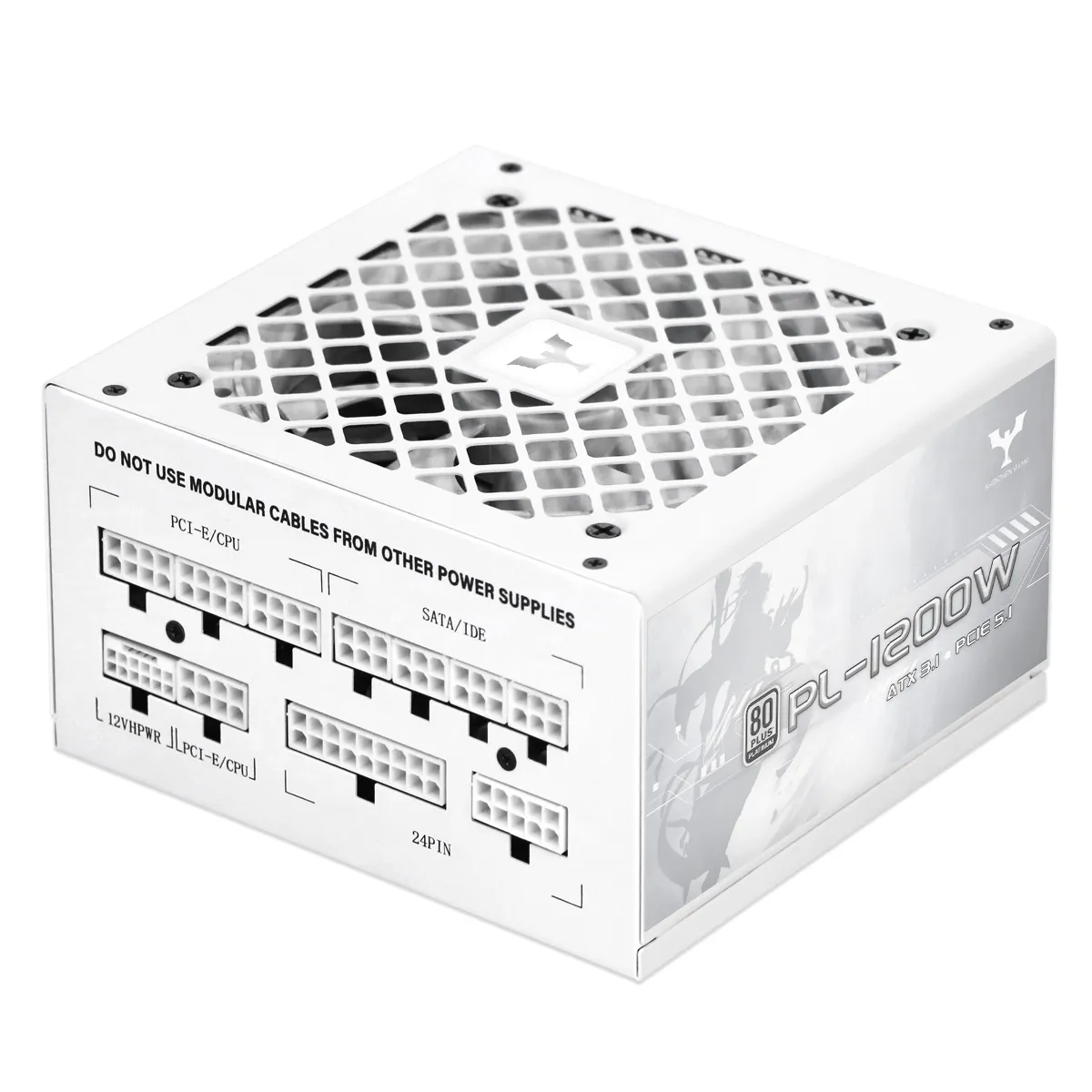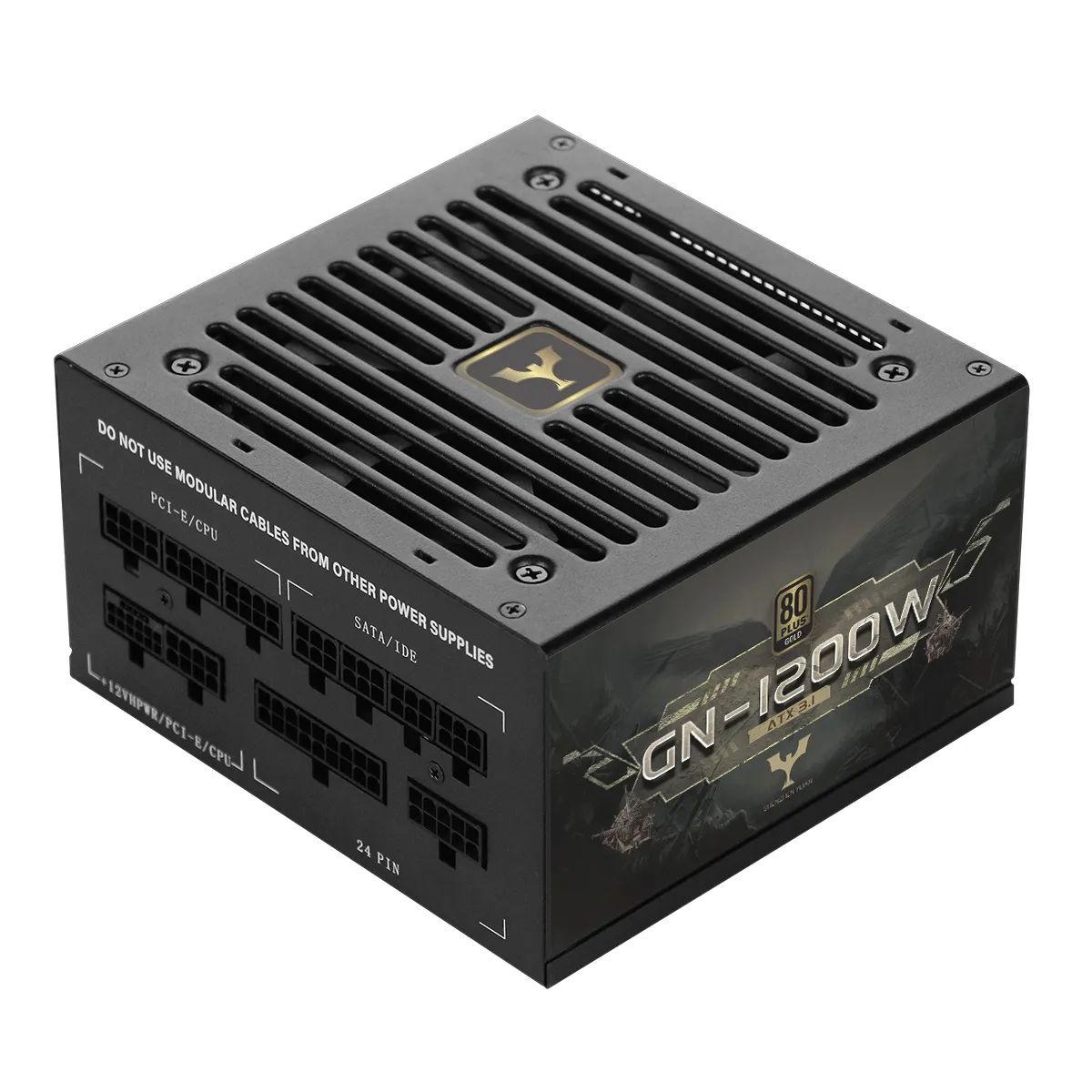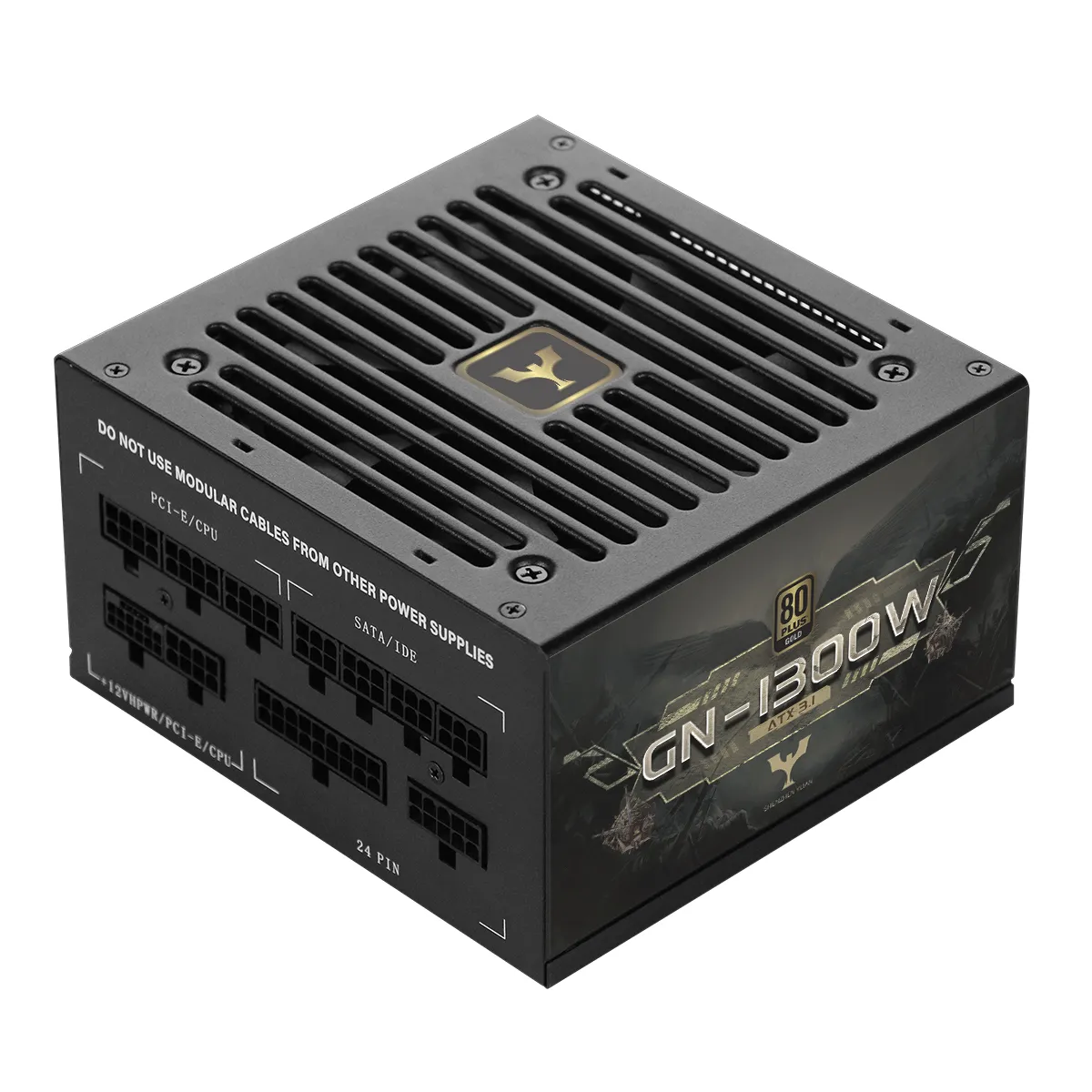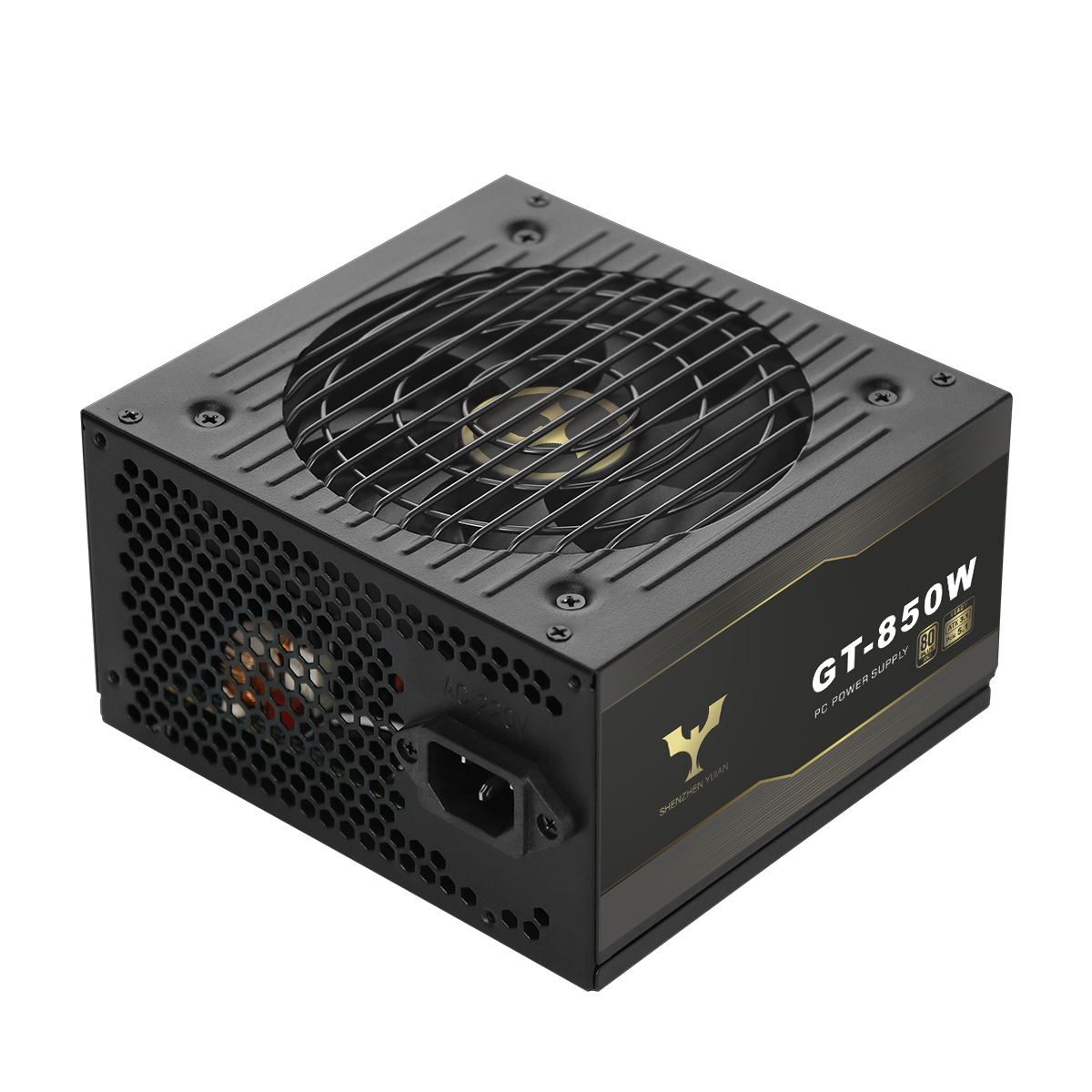Di dalam domain modern elektronik yang rumit dan sangat bergantung pada daya, sebuah sumber daya 750W dengan keluaran tegangan stabil berfungsi sebagai batu penjuru yang tidak tergantikan untuk operasi andal dan efisien dari berbagai sistem, mulai dari desktop gaming berkinerja tinggi dan stasiun kerja profesional hingga lingkungan server kritis dan pengaturan otomatisasi industri. Sumber daya 750W, dengan kapasitas watt yang signifikan, dirancang untuk menyediakan energi listrik yang kuat yang diperlukan untuk menggerakkan beberapa komponen pemakan daya secara bersamaan, termasuk kartu grafis high-end, CPU yang di-overclock, perangkat penyimpanan akses cepat, dan berbagai peripheral. Namun, apa yang membedakan sumber daya 750W yang luar biasa adalah kemampuannya untuk menjaga tegangan yang stabil, memastikan bahwa setiap komponen yang terhubung menerima pasokan listrik yang konsisten dan tepat, bebas dari fluktuasi dan ketidakstabilan yang dapat merusak kinerja atau bahkan menyebabkan kerusakan.
Output tegangan yang stabil dalam sebuah suplai daya 750W dicapai melalui integrasi harmonis dari rangkaian maju, komponen berkualitas tinggi, dan mekanisme kontrol cerdas. Di pusat suplai daya, rangkaian pengaturan tegangan yang canggih memainkan peran penting. Rangkaian ini dirancang secara teliti untuk memantau dan menyesuaikan tegangan output secara real-time, merespons dengan cepat terhadap setiap perubahan beban listrik atau tegangan input. Kapasitor berkinerja tinggi merupakan komponen kunci dalam proses ini. Mereka bertindak sebagai reservoir energi, menyimpan dan melepaskan muatan listrik untuk meratakan riak tegangan dan puncak sementara. Kapasitor dengan nilai kapasitansi tinggi dan resistansi seri ekuivalen (ESR) rendah dipilih dengan hati-hati, karena mereka dapat dengan cepat menyediakan energi tambahan selama peningkatan tiba-tiba pada beban, sehingga mencegah penurunan tegangan. Induktor juga memberikan kontribusi signifikan, membantu menyaring kebisingan listrik yang tidak diinginkan dan menjaga aliran arus yang stabil, yang pada gilirannya mendukung tingkat tegangan yang stabil.
Selain komponen pasif, sistem kontrol cerdas diintegrasikan ke dalam suplai daya 750W untuk meningkatkan stabilitas tegangan. Prosesor sinyal digital (DSP) dan mikrokontroler secara konstan menganalisis keluaran tegangan dan membandingkannya dengan nilai referensi yang telah ditentukan. Dengan menggunakan algoritma kompleks, mereka dapat mendeteksi penyimpangan terkecil dari tingkat tegangan yang diinginkan dan membuat penyesuaian instan pada tahap keluaran suplai daya. Sebagai contoh, ketika kartu grafis tiba-tiba membutuhkan lebih banyak daya selama urutan permainan yang intens atau CPU mengalami lonjakan beban pemrosesan, sistem kontrol ini dengan cepat merespons dengan memodifikasi rangkaian regulasi tegangan, memastikan bahwa tegangan tetap stabil dan komponen-komponen tersebut terus beroperasi pada tingkat kinerja optimal.
Proses manufaktur sebuah sumber daya 750W dengan output tegangan yang stabil tunduk pada langkah-langkah pengendalian kualitas yang ketat. Setiap komponen, dari resistor terkecil hingga trafo terbesar, menjalani pengujian ekstensif untuk memastikan karakteristik listriknya memenuhi standar yang ketat. Unit sumber daya sendiri juga mengalami serangkaian pengujian menyeluruh, termasuk pengujian regulasi beban. Selama pengujian regulasi beban, sumber daya dikenai berbagai tingkat beban listrik, mensimulasikan kondisi operasional dunia nyata. Insinyur secara cermat memantau output tegangan pada titik beban yang berbeda, memastikan bahwa sumber daya dapat mempertahankan tegangan yang stabil dalam rentang toleransi tertentu, bahkan saat beralih dari kondisi beban ringan ke kondisi beban penuh. Pengujian regulasi garis juga sangat penting, di mana kemampuan sumber daya untuk mempertahankan tegangan yang stabil meskipun ada fluktuasi pada tegangan AC masukan dievaluasi.
Sumber daya 750W dengan tegangan stabil sangat penting untuk melindungi komponen elektronik yang sensitif. Fluktuasi dalam tegangan, seperti penurunan tegangan, lonjakan, atau brownout, dapat memiliki efek merugikan pada komponen seperti motherboard, CPU, dan kartu grafis. Tegangan yang tidak stabil dapat menyebabkan korupsi data, kegagalan sistem, bahkan kerusakan permanen pada rangkaian yang rapuh. Dengan memberikan tegangan yang stabil, sumber daya ini melindungi integritas dan umur dari perangkat yang terhubung, mengurangi risiko perbaikan yang mahal atau penggantian komponen. Selain itu, tegangan yang stabil sangat penting untuk menjaga stabilitas dan keandalan keseluruhan sistem. Dalam lingkungan server, di mana operasi tanpa henti kritis untuk kelangsungan bisnis, sumber daya dengan output tegangan stabil memastikan bahwa data diproses secara akurat dan layanan tetap tersedia tanpa gangguan. Demikian pula, dalam desktop gaming, tegangan yang stabil memungkinkan gameplay yang lancar, bebas dari stuttering atau masalah performa yang dapat mengganggu pengalaman bermain.
Selain itu, banyak sumber daya 750W dengan output tegangan stabil dilengkapi dengan fitur tambahan yang meningkatkan fungsionalitas dan kemudahan penggunaan. Sistem kabel modular sering kali termasuk, memungkinkan pengguna menyesuaikan koneksi kabel berdasarkan setup spesifik mereka, mengurangi kekacauan kabel di dalam casing komputer dan meningkatkan aliran udara, yang pada gilirannya membantu menjaga suhu operasi yang stabil dan mendukung stabilitas tegangan. Beberapa sumber daya juga memiliki layar digital atau perangkat lunak pemantauan yang memungkinkan pengguna melacak tingkat tegangan, konsumsi arus, output daya, dan parameter penting lainnya secara real-time. Ini memberikan wawasan berharga bagi pengguna tentang kinerja sumber daya mereka dan memungkinkan mereka mengambil tindakan proaktif jika ada anomali yang terdeteksi.
Secara keseluruhan, sebuah suplai daya 750W dengan output tegangan yang stabil merupakan aset yang tak tergantikan dalam dunia elektronik. Kemampuannya untuk memberikan daya listrik yang konsisten dan tepat, melindungi komponen, dan memastikan stabilitas sistem membuatnya menjadi pilihan utama bagi para profesional, gamer, dan penggemar lainnya. Baik digunakan untuk menghidupkan sistem gaming high-end, server yang intensif data, atau sistem kontrol industri yang kompleks, berinvestasi pada suplai daya dengan kemampuan tegangan stabil sangat penting untuk mencapai performa optimal, memperpanjang umur komponen, dan memastikan operasi yang lancar serta andal dari seluruh setup elektronik.

















